Class of 2019 | delgj@wharton.upenn.edu
Dow Chemical and DuPont, two of the largest and oldest companies in the American chemical industry, have been in merger talks since early December 2015. Their merger would fuse the two industrial giants into a single entity worth over $130 billion, which would serve as a vehicle for producing $3 billion of synergies. They then would split up into three separate businesses to better position themselves in their respective industries.
DuPont was founded in 1802 in Delaware as a gunpowder manufacturer and has since expanded its portfolio to include electronics and communication, advanced materials such as Kevlar and Teflon, safety and protection, and agriculture. Its agriculture business has also been involved in innovative corn seed technology. Dow Chemical was founded in 1897 in Michigan as a bleach producer and has since generated an array of plastics and agricultural chemicals. Dow’s portfolio consists of both specialty and basic chemicals, but the company has recently focused more on the higher-priced specialty chemicals.
Over the last several years, both Dow and DuPont have been fighting against sinking commodity prices and a strengthening U.S. dollar that has put pressure on their bottom lines. The trio of companies they would produce post-merger would allow them to better tackle the challenges to come. Management’s overall plan is to approach each spinoff with unique strategies to reduce costs, improve profitability, and accelerate growth.
The first spinoff will be a materials-science company and will retain the Dow name. This company will be the world’s largest packaging material supplier and the second-largest in the performance materials product segment. By implementing Dow’s low-cost feedstock platform, the company will significantly increase its margins and productivity, allowing it to better compete with BASF, the world’s largest materials company. The agriculture spinoff will become the world’s largest chemical company in the seed and crop protection industry, taking 17% of the pesticide market, 41% of the US corn seed market, and 38% of the US soybean market. The specialty product spinoff will focus primarily on high-margin specialty products in high growth sectors such as electronics, semiconductor materials, and solar photovoltaic materials.
Figure 1: Major Industries and Players
However, the merger talks between Dow and Dupont have received severe scrutiny from fearful farm groups and antitrust regulators. ChemChina and Syngenta are currently awaiting regulators’ approval of their merger; so are Bayer and Monsanto. This consolidation among these six global companies that sell crop seeds and pesticides would result in three global powerhouses controlling about 60% of the seed industry and about 65% of the agrichemical industry. The European Commission’s primary concern has been that the $130 billion Dow-DuPont merger would result in little incentive to produce new herbicides and pesticides, damaging innovation in new products and reducing price competition by stripping farmers of their bargaining power.
In response, Dupont said this Friday, March 31st, that it would sell part its crop protection unit, which produces herbicides and insecticides, to FMC and buy nearly all of FMC’s health and nutrition business. FMC will pay DuPont $1.2 billion cash and allow DuPont to retain $425 million in working capital due to the difference in the asset values, providing DuPont with just over $1.6B in the end. Although this is the third time the merger’s closing has been delayed, Dupont’s asset swap with FMC would finally win the European Union’s approval for its merger.
DuPont CEO Edward Breen said, “We are far down the road in our conversations with the other regulators,” but that any further asset sales enforced by regulatory bodies in the United States, Brazil, China, Australia, and Canada would be “very small” relative to this crop protection divestiture, which “satisfied the bulk” of solutions needed to win consent from governments around the world. The Dow-DuPont merger is now expected to close in August of this year, followed by its break up into three within 18 months of the deal close.
Figure 2: Pre-and Post-Merger Industry Composition



